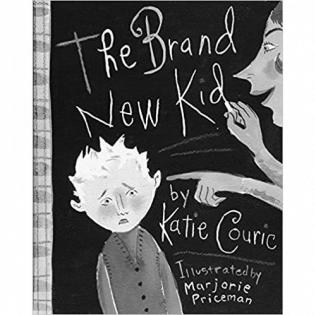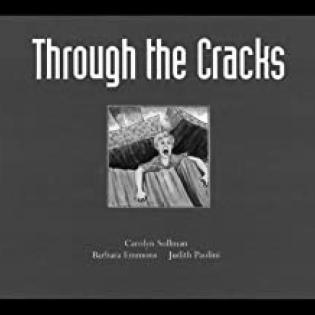To guide children to understand that being in a group requires working together, getting along, resolving conflicts, and having fun together.
Filter by subjects:
Filter by grades:
Filter by audience:
Filter by issue area:
Filter by content type:
Filter by resource type:
resource search
The purpose of this lesson is to demonstrate that being in a group (or community) requires cooperation, working together, getting along, and resolving conflicts. The activity enables the children to accomplish this while having fun at the same time.
Discuss the importance of friendship, belonging, and trust in a person's life and explore the behaviors that welcome others in community.
The Brand New Kid is a sensitive book that helps children see the effects of teasing on a new child in school. Children learn to face new situations with confidence and develop strategies for how to include others in play.
All people have need for and deserve friendship and belonging. In this lesson, we explore the elements of community relationships, like kindness, inclusion, listening, and trust. The children compile pages to make a big book that teaches others to be caring community members.
In this second lesson about Jane Addams, we learn about the impact of her philanthropic work and connect it to the needs of our communities today. Young people discuss voluntary actions they can take inspired by Jane Addams.
Castle Crenshaw (Ghost) and four friends learn to navigate their lives and the differences among them.
Josh and Jordan Bell are brothers on the court and off the court. The boys navigate life as student athletes, while also learning how to overcome obstacles without letting those obstacles ruin their relationship.
Have you ever had to find your voice? In this story, Starr witnesses police brutality that is racially motivated and struggles to find the right way to speak up.
When Stella loses pleasure in her classwork, she takes us “through the cracks” of a classroom and shows what is happening to all of the students who are not interested and engaged in their learning.




